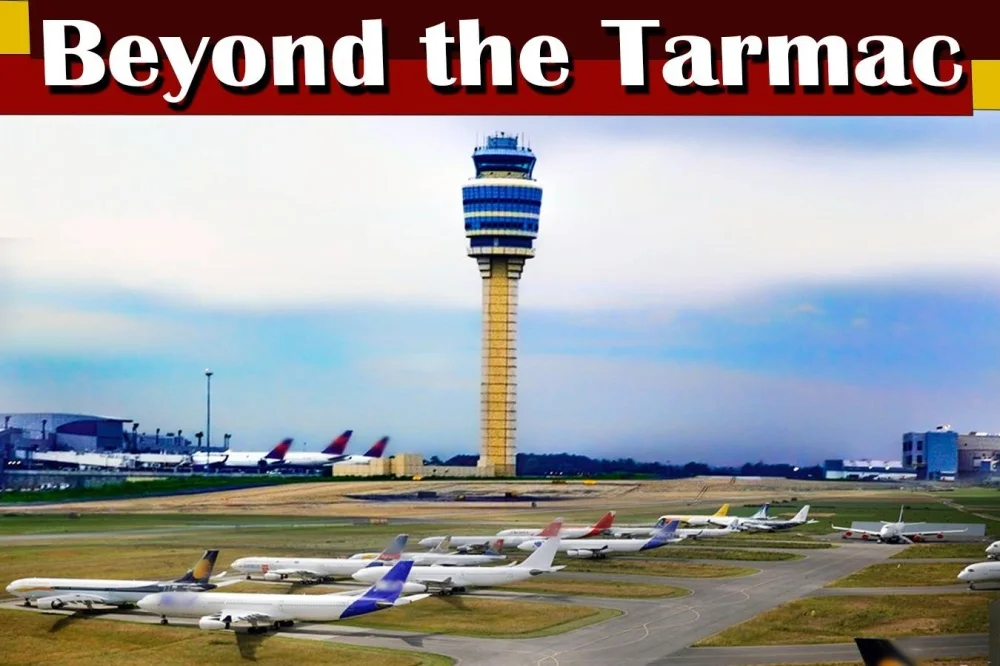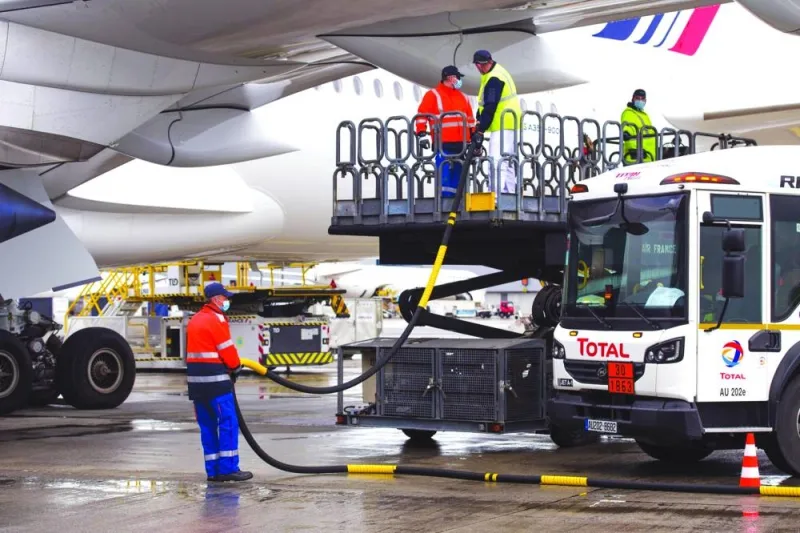
This allocation, IATA says limits SAF supply and keeps prices high. Aviation needs between 25% and 30% of renewable fuel production capacity for SAF.
At those levels aviation will be on the trajectory needed to reach net zero carbon emissions by 2050.
“Until such levels are reached, we will continue missing huge opportunities to advance aviation’s decarbonisation. It is government policy that will make the difference. Governments must prioritise policies to incentivise the scaling-up of SAF production and to diversify feedstocks with those available locally,” noted Willie Walsh, IATA’s Director General.
In 2023, SAF volumes reached over 600mn litres (0.5Mt), double the 300mn litres (0.25 Mt) produced in 2022. SAF accounted for 3% of all renewable fuels produced, with 97% of renewable fuel production going to other sectors.
In 2024, SAF production is expected to triple to 1.875bn litres (1.5Mt), accounting for 0.53% of aviation’s fuel need, and 6% of renewable fuel capacity.
The small percentage of SAF output as a proportion of overall renewable fuel is primarily due to the new capacity coming online in 2023 being allocated to other renewable fuels.
The 3rd Conference on Aviation Alternative Fuels (CAAF/3) hosted by the International Civil Aviation Organisation (ICAO) agreed a global framework to promote SAF production in all geographies for fuels used in international aviation to be 5% less carbon intensive by 2030.
To reach this level, about 17.5bn litres (14Mt) of SAF need to be produced.
“Governments want aviation to be net zero by 2050. Having set an interim target in the CAAF process they now need to deliver policy measures that can achieve the needed exponential increase in SAF production,” Walsh points out.
According to industry experts, every drop of SAF produced has been bought and used. In fact, SAF added $756mn to a record high fuel bill in 2023.
Some 43 airlines have already committed to use some 16.25bn litres (13Mt) of SAF in 2030, with more agreements being announced regularly.
Projections are for over 78bn litres (63Mt) of renewable fuels to be produced in 2029. Governments must set a policy framework that incentivises renewable fuel producers to allocate 25-30% of their output to SAF to meet the CAAF/3 ambition, existing regional and national policies as well as airline commitments.
Experts affirm that effective production incentives for Sustainable Aviation Fuel should support the following objectives:
Accelerating investments in SAF by traditional oil companies, ensuring renewable fuel production incentives encourage sufficient SAF quantities, focusing stakeholders on regional diversification of feedstock and SAF production, identifying and prioritising high potential production projects for investment support and delivering a global SAF Accounting Framework.
Approximately 85% of SAF facilities coming on line over the next five years will use Hydrotreatment (HEFA) production technology, which relies on inedible animal fats (tallow), used cooking oil and industrial grease as feedstock, IATA says.
A recent IATA survey revealed significant public support for Sustainable Aviation Fuel.
Some 86% of travellers agreed that governments should provide production incentives for airlines to be able to access SAF. In addition, 86% agreed that it should be a priority for oil companies to supply SAF to airlines.
Pratap John is Business Editor at Gulf Times. Twitter handle: @PratapJohn




